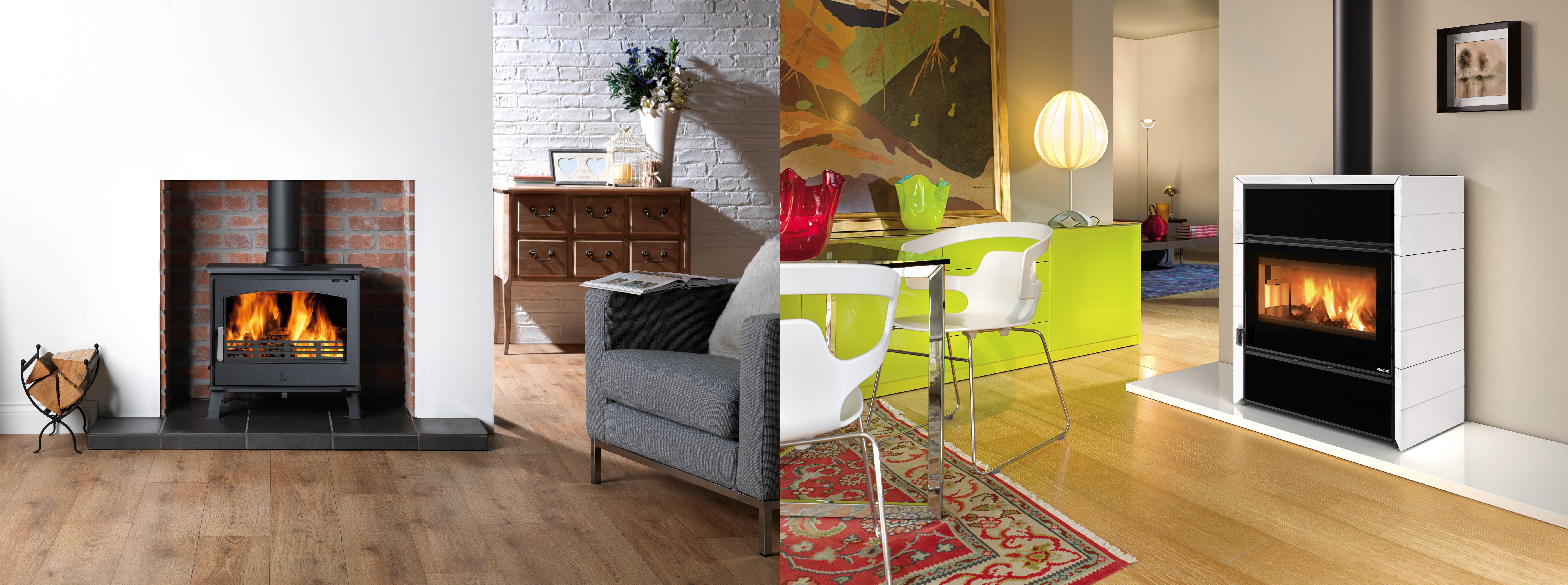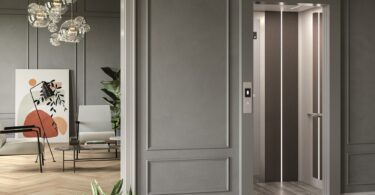By Mandy Collins
There’s nothing quite like a fire to warm the cockles of your heart – and hearth. But with such a bewildering array of options, where do you even start?
Heaters are one way to heat your home, but they don’t come close to the warmth and atmosphere a fire provides. And between your ever-escalating electricity bill and the unreliability of our power grid, a fire offers many advantages.
But there are hundreds of fireplaces to choose from, in all shapes, sizes and colours. They use various fuels, and can have chimneys or be flueless – leaving you, frankly, clueless.
Ruan Basson, head of marketing and media relations for Calore, suggests asking yourself some basic questions. First, what are your requirements? How big is the space you want to heat? Do you want the heat ducted to other rooms or will you rely on natural convection?
“We don’t advocate open combustion. When you use closed combustion, the efficiency goes up,” says Basson. “An open fireplace burns a lot of oxygen; therefore it uses a lot of fuel.”
David Wantling, managing member of J Macdonald and Sons (trading as macD Fire), adds that even in its best form, a traditional open fire is the least efficient way to heat your home. “And the bigger the opening, the bigger the draught across the room, taking most of the heat up the chimney,” he says.
There is an environmental aspect to consider too. Tony Jones, owner of Fireplace Warehouse, says closed wood stoves are pretty eco-friendly, “because when a tree dies, it gives off more carbon than if you burn it. There are many invader trees in South Africa, like blue gums and black wattles – we tend to burn those for firewood.
“Three-quarters of the fireplaces we sell are closed stoves,” he adds. “Open fireplaces are becoming less popular. And gas fires are very expensive to run, given the price of gas these days.”
Price is a very important consideration, and don’t forget to account for installation costs, which can be the same as – or even more than – the cost of the unit. Also, consider the price of fuel, and how much maintenance will be required.
An important factor is aesthetics – and not just whether you like the look of a traditional fire or not. Julian Popple, director of Island Fires, says a survey conducted in Europe discovered that few (or no) people recognise the technical differences among modern heating appliances. In other words, most consumers start with looks, then consider price, and only then do they look at the product’s specifications. “Thankfully, there is a massive variety of appliances in a broad range of styles to suit every taste – even colour,” says Popple.
Expert help is key, says Fernando Ramos, owner of Fire and Gas Lifestyles. And the fuel factor is often overlooked, he says. “Each type has its benefits, and with so many different brands and styles on the market, it can be tricky to decide on the right stove for you, so speak to a salesperson who can guide you with your choice.”













Leave a Comment